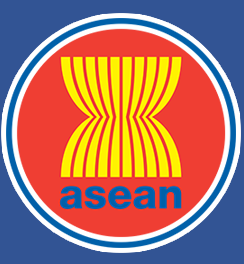ASEAN Journal on Science and Technology for Development
Abstract
The Pademawu coast has rapidly transformed into salt ponds, causing seawater intrusion and pollution. This study aims to examine the quality of groundwater in the surrounding settlement area of Pademawu and assess its eligibility for daily use. The psychochemical parameters of groundwater are measured in situ. Groundwater samples from several stations are analyzed in the laboratory and used to collect several chemical compounds, including Ca2+, Mg2+, Na+, K+, HCO3-, Cl-, SO42-, Fe2+, Mn2+, F-, NO2-, NO3, and CaCO3. The detected concentrations are then used to calculate TH, sodium adsorption ratio (SAR), %Na, PI, KR, and MH. Hydrochemical calculation and interpretation are also performed. The groundwater characteristics are determined according to TDS, conductivity, and water quality index (WQI). Results showed that the groundwater facies are predominated by Ca-HCO3 (50%) in the northern and middle study areas and Na-Cl (37%) in the salt farming area. The groundwater is categorized as SAR (C2S1) in the north and SAR (C4S2) in the south. The primary groundwater consists of Na+ and Cl- (dominant cation and anion) originating from salt farming. The TDS in the salt farming area ranges from 1000 mg/L to 3000 mg/L (slightly saline). The WQI ranges from 39.0 to 735.4, which encompasses excellent water, good water, very poor water, and unsuitable for consumption. Salt farming infiltration toward unconfined aquifers is the primary factor causing groundwater pollution. Mitigation efforts to minimize scattered infiltration must be applied in the Pademawu Subdistrict by modifying the system between salt farming and settlement areas.
Publication Date
8-31-2022
Recommended Citation
Wisnu, Arya Gemilang; Ulung, Jantama Wisha; and Mas, Agus Mardyanto
(2022)
"Hydrogeochemical Analysis of Unconfined Groundwater in the Surrounding Salt Farming Areas of Pademawu, Madura, Indonesia,"
ASEAN Journal on Science and Technology for Development: Vol. 39:
No.
2, Article 1.
DOI: https://doi.org/10.29037/ajstd.793
Available at:
https://ajstd.ubd.edu.bn/journal/vol39/iss2/1

